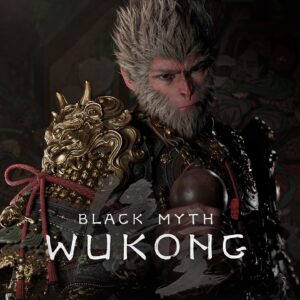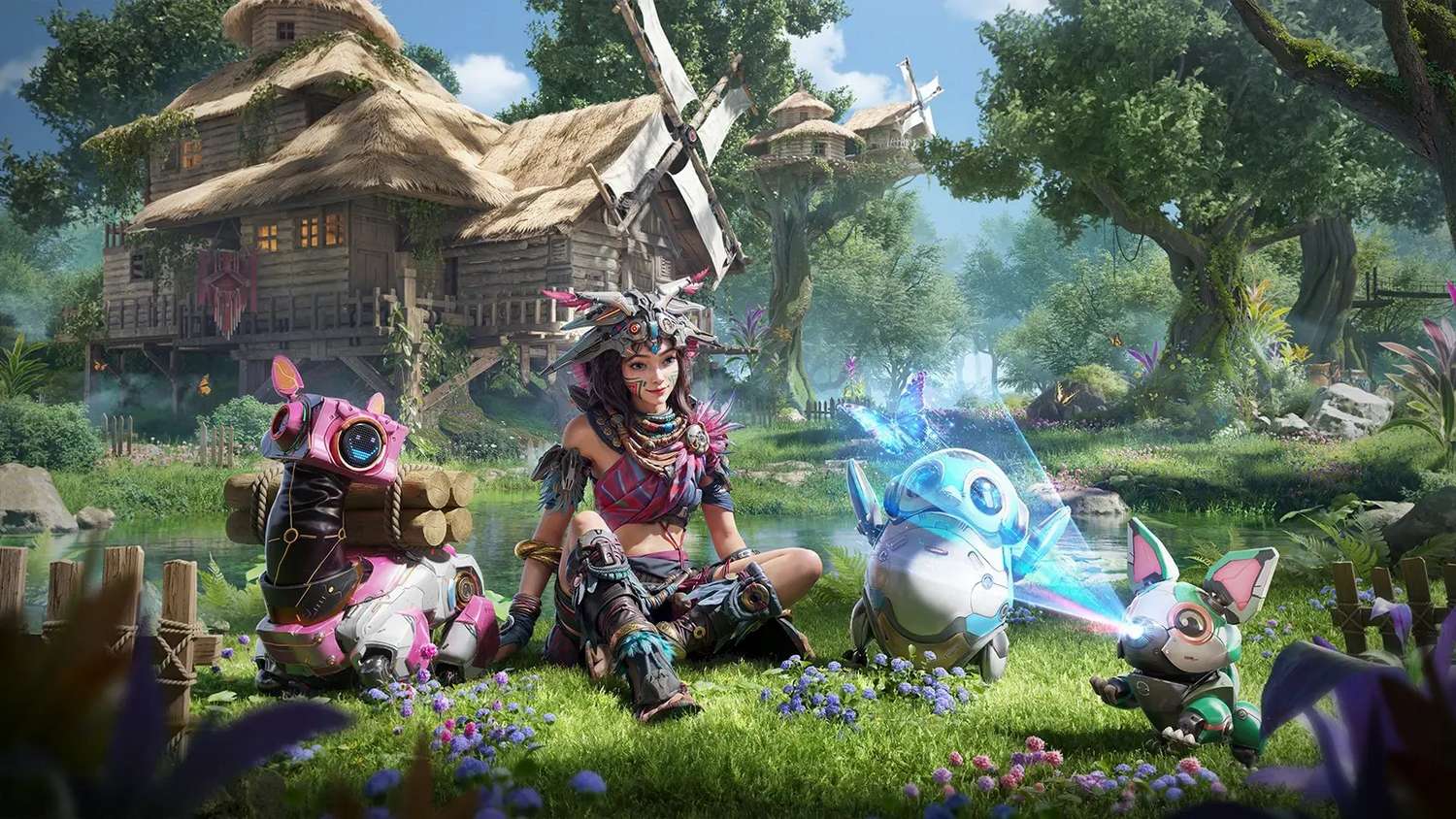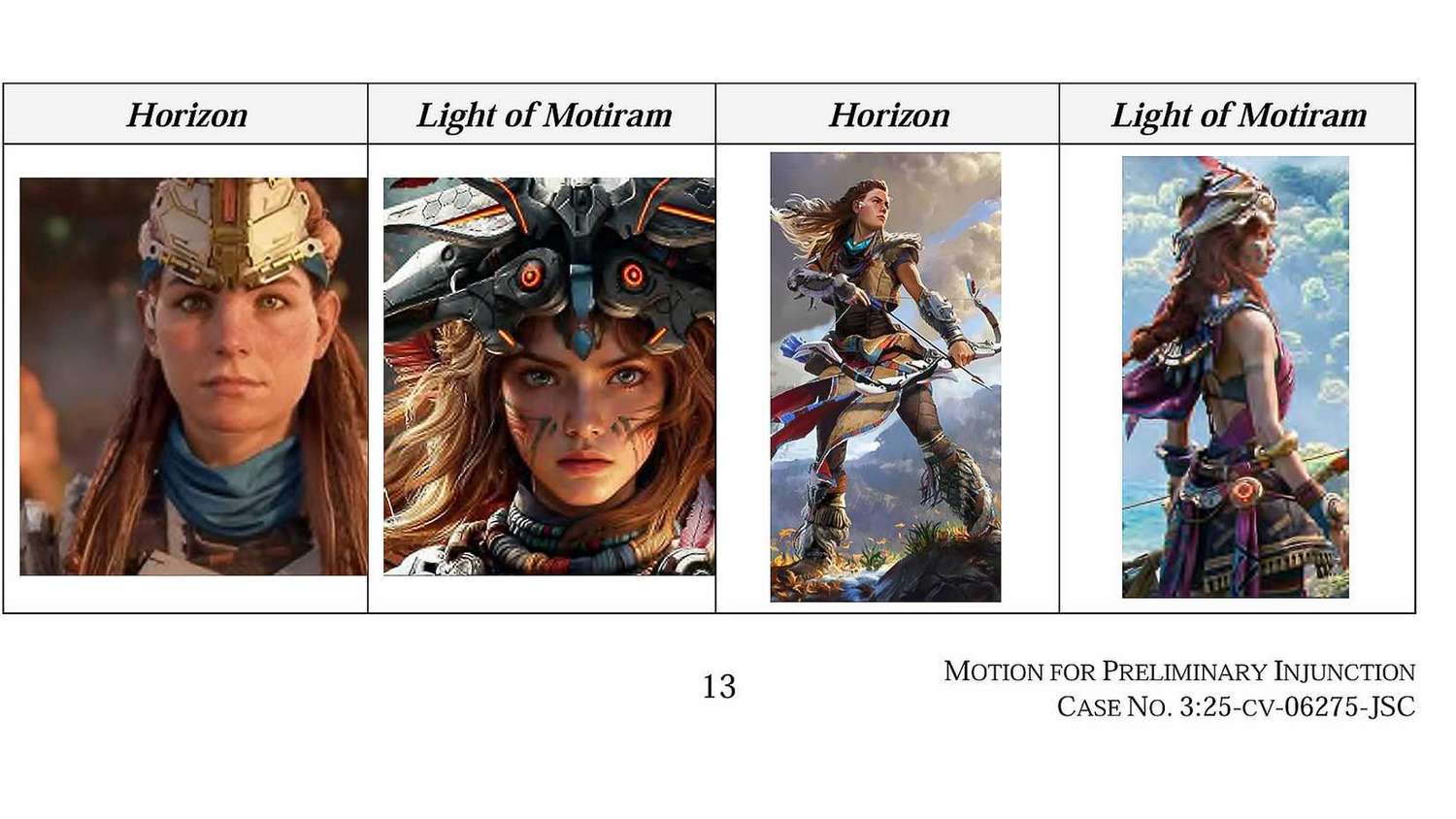Sony Escalates Legal Battle: Seeks Injunction Against Tencent’s ‘Horizon’ Clone, Citing ‘Irreparable Harm’ to Franchise IP
Popular Now
 BeamNG.drive
BeamNG.drive
 Minecraft
Minecraft
 R.E.P.O
R.E.P.O
 Sonic the Hedgehog™ Classic
Sonic the Hedgehog™ Classic
 The Legend of Zelda
The Legend of Zelda
 Fall Guys
Fall Guys
 Candy Crush Saga
Candy Crush Saga
 Fortnite
Fortnite
 Genshin Impact
Genshin Impact
 Gacha Club
Gacha Club
Sony Escalates Legal Battle: Seeks Injunction Against Tencent’s ‘Horizon’ Clone, Citing ‘Irreparable Harm’ to Franchise IP
The high-stakes legal drama between gaming behemoths Sony Interactive Entertainment (SIE) and Tencent continues to intensify. In the latest move that underscores the fierce protection of flagship intellectual property (IP), Sony has filed a motion for a preliminary injunction against Tencent’s upcoming open-world survival game, ‘Light of Motiram.’ Sony asserts that the title is a “slavish clone” of its critically acclaimed and commercially successful Horizon franchise, specifically calling out the alleged, pervasive copying of key elements from Horizon Zero Dawn and Horizon Forbidden West.
This aggressive procedural step follows Sony’s initial copyright and trademark infringement lawsuit filed in a California federal court earlier this year. The gaming giant is now urging the court to intervene immediately, seeking to bar Tencent from further using, promoting, or developing certain aspects of Light of Motiram that Sony claims directly infringe upon the Horizon IP, particularly the instantly recognizable elements surrounding its heroine, Aloy.
The Crux of the Injunction: The Aloy ‘Clone’ and Consumer Confusion
The motion for a preliminary injunction targets several core facets of the alleged copying. Central to Sony’s argument is the main protagonist of Light of Motiram, described in court documents as a “fierce tribal warrior huntress characterized by fiery red hair”—an undeniable parallel to Horizon’s Aloy, who has become a powerful brand identifier for the PlayStation ecosystem. The legal filing highlights the striking visual and conceptual similarities, arguing that Tencent is making an “egregious” attempt to “trade off” of the Aloy Character Mark’s considerable goodwill and reputation.
The injunction also seeks to prohibit the use of:
- “Other visuals” and “storyline elements” that closely mirror the post-apocalyptic, machine-animal-infested world of Horizon.
- A specific trailer melody that Sony alleges is too similar to at least two compositions from the Horizon Zero Dawn Original Soundtrack (OST).
Sony’s core contention is that the copying is so blatant that it has already caused significant consumer confusion and will inflict “irreparable harm” upon the Horizon franchise, jeopardizing its continued success and expansive future plans, which now include a major live-action film adaptation.
Tencent’s Defense: ‘Time-Honored Tropes’ and Delayed Release
Tencent, in its earlier motion to dismiss the lawsuit, countered Sony’s accusations by labeling the legal action as an “improper attempt to fence off a well-trodden corner of popular culture.” The company maintains that Light of Motiram merely utilizes “time-honored tropes” common to the action open-world survival game genre, citing elements seen in titles like The Legend of Zelda: Breath of the Wild and Far Cry as precedence.
Tencent also argued that Sony’s case was “unripe” for an injunction, noting that the release of Light of Motiram had been quietly delayed from an initial late 2025 window to the fourth quarter of 2027. This delay, coupled with the developer, Polaris Quest, having “scrubbed” much of the controversial content—including the Aloy-like protagonist and robot dinosaurs—from the game’s Steam page post-lawsuit, was cited as evidence that no immediate harm was threatened. (Source: IGN, GamesIndustry.biz)
Sony’s Rebuttal: ‘The Damage Is Done’
Sony has vehemently dismissed Tencent’s defense as “nonsense,” arguing that the damage to its IP is already a reality. In the latest filing, SIE contends that the initial marketing and public outcry, where journalists and fans widely referred to the game as a “major Horizon rip-off,” have already created lasting confusion in the marketplace. Sony’s opposition brief stated: “Tencent remarkably contends SIE’s claims are unripe because – despite having announced and continuously promoted its game for months – Tencent (purportedly) delayed Light of Motiram’s release until 2027 after SIE sued. This is nonsense. The damage is done – and it continues.” (Source: PC Gamer, GamesRadar+)
Furthermore, Sony revealed that the litigation itself stems from a failed collaboration. According to court documents, Tencent approached SIE in 2024 seeking a license to develop a Horizon spin-off, which Sony ultimately declined. The subsequent announcement and promotion of Light of Motiram allegedly using IP elements after the refusal is being portrayed by Sony as a bad-faith move designed to copy the franchise and capitalize on its global success.
Industry Implications: Reviewing the Future of Game IP Protection
This lawsuit, particularly the move for a preliminary injunction, holds significant weight for the entire gaming industry. It serves as a stark reminder of the lengths to which AAA development houses are prepared to go to protect their proprietary creations, especially in the context of the burgeoning global market and the rise of mobile and open-world titles. The court’s decision on the injunction – expected potentially by late November or early December – will set a critical precedent.
If granted, it could force Tencent to halt development, redesign core characters, and pull all existing promotional materials until the full lawsuit concludes. This would effectively cripple the game’s momentum and force a costly overhaul. The case is a crucial review game of current copyright boundaries, testing the legal distinction between borrowing from genre conventions and outright infringement of a specific artistic expression and character identity. Gaming executives and legal teams worldwide are closely watching the developments, as the outcome will undeniably shape how new games are developed, marketed, and ultimately, how heavily protected creative elements like a distinctive main character and visual aesthetic truly are in the digital age.











